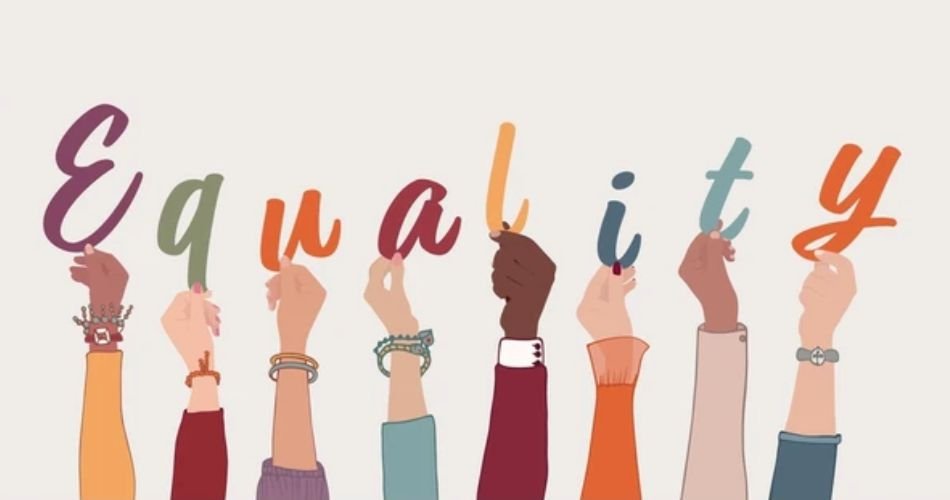Think of an education system where students are allowed to attend schools at a convenient time, choose subjects of their choice, and instead of running the rat race, attention is paid to the holistic development of a child to foster cognition to move away from the rote memorization culture completely. Well, this is possible only in the utopian world as some will say, however, this is a reality in Finland. Finland’s innovative approaches to its education system have helped them to retain its number one position in the world for its Finnish model of Education, surpassing countries like the USA and UK time and again.
The fact that influences Finland’s education system’s success today is through constant research, evolution, and staying consistent with its goal of providing equal opportunity for education to everyone. Finland also made the headlines in 2022 for being the happiest country in the world which leaves an important question for everyone – “Does the quality of education, improve the quality of life?”
Let’s explore this further in this article, what makes the Finland education system the best in the world?

1. No Standardized Testing
We all at some point in our lives have come across these statements, “Good percentage in exams can determine your future” or “For a successful future, you need to study hard and qualify for exams.” While these phrases may be true for most students across the world, it is the exact opposite for students in Finland.
Finnish students during their entire schooling are subject to no standardized tests except for one which is called the National Matriculation Exam, which is a voluntary test for students that is scheduled towards the end of an upper-secondary school (equivalent to high school) graded by the educators themselves.
The Finnish Education system does not support the hollow style of learning that focuses on textbook learning, cramming books, memorizing lessons, and studying to merely pass exams and score high marks. Rather the intention is around the overall development of the students, triggering critical thinking and learning soft skills thereby unfocusing on their skills of memorization and quantitative scores. Student learning metrics adopted in Finland include assessment through various qualitative methods and tracking overall progress.

2. Equal Opportunities and Inclusivity for All
Finland does not have a single private school in the country. Yes, you read it correctly! one of the key reforms in Finland’s education system was to stay consistent with its mission of providing quality education to everyone irrespective of their background, socioeconomic conditions, and needs.
Notably, out of over 3,500 schools, there are no private schools in Finland and their dependency on private schools is none. Finnish Education System’s central objective is to provide good quality universal education, and for those reasons education in Finland is free and educational opportunities are provided to all the citizens. Even the meals offered in the school are free of cost.
In addition to providing education for free, special needs education is heavily prioritized in Finland’s education system. Different abilities students are not separated and put under different categories or educational levels which suggests that all students are supported no matter how much support they may require. These changes have put Finland on the map for having the most equitable education system in the world.

3. The Role of A Teacher
Teachers in Finland are highly skilled and trained professionals. As a pre-requisite, Finnish teachers must have a master’s degree before they join the profession and go through a rigorous process of selection; As per the research, only 7% of the applicants get accepted to the top teaching programs in the country.
The strengthening of a teacher-student relationship is imperative for the country’s education system as this support to each other is key to forming the foundation for students’ future. Teachers also enjoy greater autonomy in the classroom as they are free from inspections and are not required to prepare students for standardized testing and reporting, giving them flexibility to teach, train, and design curriculum for students as they deem appropriate.
4. Making Basics A Priority
If you consider researching the education systems around the world, you will notice that the majority of educational systems are concerned with increasing test scores, and standardized testing systems, and are on a path of traditional pedagogies. Little emphasis is given to the learning atmosphere, school environment, and other factors influencing any student’s ability to develop and grow. A few years ago, Finland also found itself in a similar situation however through rigorous research and fact-findings, they were able to identify the root cause of the problem and started working on the basics of revamping their education system.
Simple and basic changes like starting school at an older age have worked positively for the students in Finland. Students in Finland start their formal schooling only after they have turned 7 years of age. Before this, the students aged between 3-6 are enrolled in a preschool where they are given free rein to let their creative juices flow and enjoy their early childhood. This paradigm shift of adopting a school system of starting at an older age, starting at a convenient time, giving less homework, and adopting alternative methods of teaching has worked in the favour of the government. Shifting focus toward a learner-centered and multidisciplinary approach has paved the way for solving problems in Finland.

5. Fostering Cooperation and Not Competition
Finland’s educational system does not have an environment of competition, instead, it promotes cooperation and focuses entirely on learning. The Finnish model of education aims to provide 21st-century capabilities to its students by altering the curriculum every few years. Experiential learning which simply means learning by doing has enabled students to develop responsibility and has abreast them with the current developments to deal with real-world problems and issues efficiently.
Unlike other countries, where competitive exams and coaching centres are expanding, Finland has done a different and rather great job of empowering students to meet their true potential and helping them to progress forward successfully.









